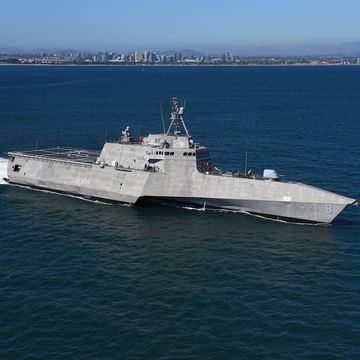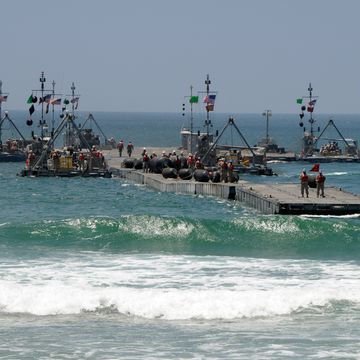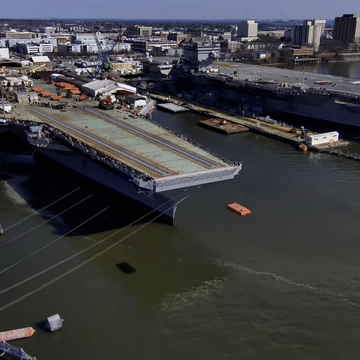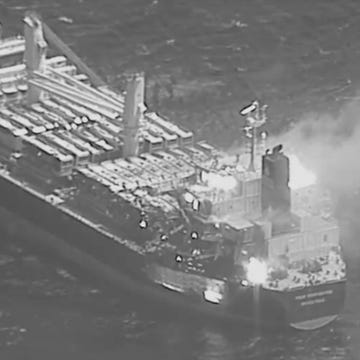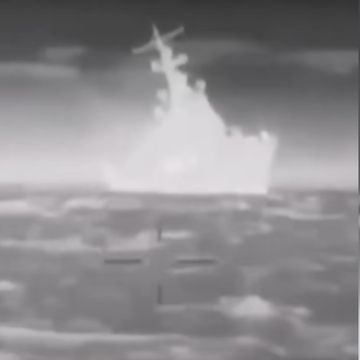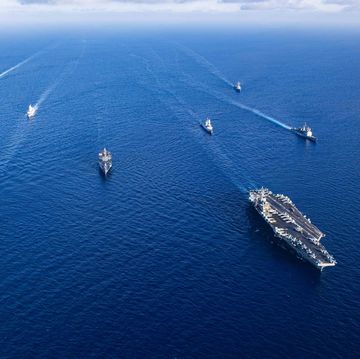A tense new video shows what it’s like in the control room of a seven thousand ton nuclear-powered attack submarine as it breaks through a layer of polar ice. The USS Hartford surfaced in the Beaufort Sea, north of the Canadian mainland, to participate in the U.S. Military’s ICEX 2018 exercise.
U.S. nuclear submarines have been transiting through polar waters for sixty years, ever since the first nuclear-powered sub, USS Nautilus, passed under the North Pole in August 1958. Submarines are natural polar voyagers, as they can travel under the ice and only need to smash through it when they need to surface. It’s a hazardous mission, as the submarine must navigate around constantly shifting underwater ice formations, but a doable one with a well-trained crew.
The Navy's submarines, which typically weigh seven thousand tons or more, have the weight and bulk to smash through ice. The sail, the first part of a submarine to come into contact with ice, is reinforced to handle the strain.
The video above shows what it looks like when a submarine pushes through the ice, both in the control room and from the outside. At the same time, a graphic shows the submarine’s angle of ascent. The event was part of ICEX 2018, a biennial exercise designed to maintain arctic navigation and survival skills among U.S. forces.
One thing that appears obvious from the video: The ice gives the USS Hartford a lot less trouble than it would seem. The submarine, contacting the ice above, doesn’t even shudder or indeed act as though it is hitting anything at all. The result is a clean break into the surface and the cold polar air above.
Like other ICEX exercises over the years, two U.S. submarines, USS Hartford and USS Connecticut both took part in the exercise. The USS Connecticut, a Seawolf-class attack submarine, is particularly adept in operating in polar regions as it was designed to chase down Soviet missile submarines that planned to use the Arctic to launch missiles. The two U.S. Navy submarines were joined by HMS Trenchant, a Trafalgar-class Royal Navy nuclear attack submarine.

Kyle Mizokami is a writer on defense and security issues and has been at Popular Mechanics since 2015. If it involves explosions or projectiles, he's generally in favor of it. Kyle’s articles have appeared at The Daily Beast, U.S. Naval Institute News, The Diplomat, Foreign Policy, Combat Aircraft Monthly, VICE News, and others. He lives in San Francisco.






